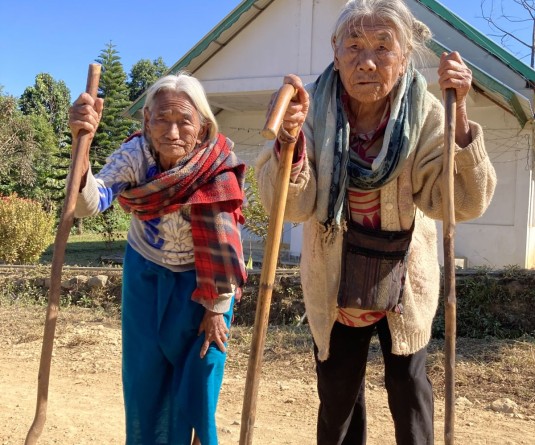
Part-2
Satyaraj Hazarika, IPS
Deputy Inspector General of Police, Assam
It was in Deoband, India in 1867 became the primary centre of Ulama, or legal scholars in India. Deobandi madrassas flourished in South Asia.The Deobandi movement quickly entered into the Pathan areas and the Mullahs and Maulavis began to harp on the Deobandi concept of jihad as the primary duty of the faithful.In March1860 3000 Mahsuds advanced to the Tank town, already having a British Army garrison. The gazis (holy Islamic warriors)ranted the air with the name of Allah. The operations proved to be quite disastrous for the Mahsuds with over hundred gazis dead.The changing face of war in Afghanistan on the eve of the 2nd Anglo-Afghan War was due to the religious zeal the gazis brought to the battlefield.
2nd Anglo-Afghan War:
Dost Mohammad’s son Sher Ali Khan was ruling Afghanistan when the 2nd Afghan War broke out. The force level of British Army in India at the onset of the 2nd Anglo-Afghan War was 50,000 British and 1, 35,000 Indian troops. And to conduct the ops in Afghanistan it committed 70,000 troops. Kabul was garrisoned by 12,000 troops. On 11 July 1880 British faced Ayub Khan's forces at Maiwand (45 miles from Kandahar). The British force was led by Brig-Gen G. S. R. Burrow. The British were outnumbered and a relieving force under Maj Gen (later Field Marshal) "Bob" Roberts with 12,500 men marched from Kabul to Kandahar to defeat Ayub Khan on 2 Sep1880. In July 1880 a new emir Abdur Rahman was installed. He was a nephew of Sher Ali.
In Oct 1897 the Tirah campaign started on the Peshawar - Kohat border. Out of 2,28,000 soldiers in British Army's establishment 50,000 was deployed for the campaign. The Tirah lies in Khyber Agency between the Khyber Pass and Khan ki Valley in Pakistan. The campaign was between the Afridis and Orakzai Pathans and British Army, and it was considered one the significant battles of North West Frontier. Afridis broke a sixteen years old truce with British and blocked the Khyber Pass. The Darrah Adam Khe area of Afridis started making illegal arms which is still continuing as South Asia’s open arms market.
Third Anglo-Afghan War:
The conclusion of the 2nd Afghan war marked a king reign of peace under Abdur Rahman Khan and Habibullah Khan. In 1901 Abdur Rahman died. A Turko-German mission arrived in Kabul in 1916 and this led to power struggle led by Amanullah (son of Habibullag) and Nasrullah Khan (brother of Abdur). The Afghan army suspected Amanullah was complicit in his father's death. Conflict began on 3 May 1919 when Afghan army crossed the frontier at the Western end of Khyber Pass and captured the town of Bagh. Amanullah was in charge of this new incursions, while British position in Central Kurram valley became dangerous. British in Thal were greatly outnumbered, where the Waziristan militia protecting the upper Tochi valley could switch sides. Nadir Shah the Afghan commander ordered attack on Thal. The fighting concluded in Aug 1919, with no particular war aims by either side. British used RAF bombers in this war.
The British Small Wars in Afghanistan perpetuated the rule of the Durranis who ruled upto 1996,when Mullah Omar a Ghilzai took over after Taliban took control of the country.The Pathans or the Highlander Pasthuns south of the Durand Line, separating Aghanistan and Pakistan became restive after 1897,their refractoriness continues till today. Fired by religious zeal the seminaries spawned the Taliban movement which in turn provided the safe haven to Bin Laden's Al Qaeda. The Small Wars in India were in practice uprisings against British where irregulars join the traditional military establishment that are in disarray due to the superiority of the British armed might. But irregular warfare struck at the very heart of the British Empire in India and left it considerably weakened.




